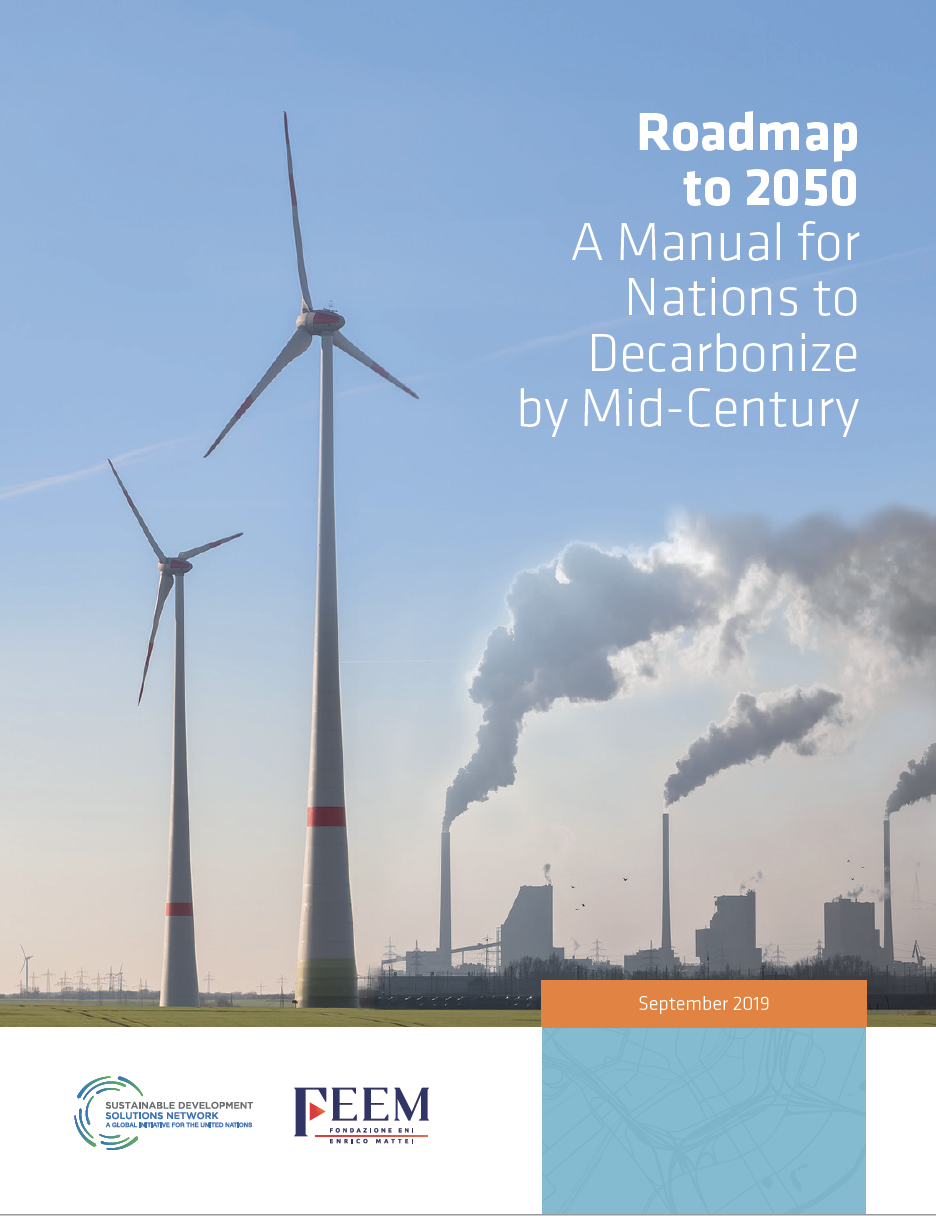By jay
•
06 Jun, 2013
This report was last updated on May 5, 2014. June 6, 2013, NEW YORK – A new report issued today by a top-level United Nations knowledge network under the auspices of UN Secretary General Ban Ki-moon lays out an action agenda to support global efforts to achieve sustainable development during the period 2015-2030. “The post-2015 process is a chance for the global community to work towards a new era in sustainable development,” said UN Secretary-General Ban Ki-moon. “The latest report from the Sustainable Development Solutions Network, the result of a collaboration between top scientists, technologists, businesses, and development specialists, is a critical input to the work we are doing to shape an ambitious and achievable post-2015 agenda.” The report, entitled “An Action Agenda for Sustainable Development,” was delivered to UN Secretary-General Ban Ki-moon by the Leadership Council of the Sustainable Development Solutions Network (or SDSN). It outlines 10 sustainable development priorities, covering the four main dimensions of sustainable development: economic growth and the end of poverty, social inclusion, environmental sustainability, and good governance. The Secretary-General created the SDSN to bring together academia, civil society, the private sector, and development practitioners from all parts of the world. The Leadership Council of the SDSN consists of dozens of top global thinkers and development leaders from all regions, rich and poor countries alike. “It is a great honor for the Leadership Council of SDSN to deliver this new report to the UN Secretary General,” said Jeffrey D. Sachs, Director of the SDSN and head of the Earth Institute at Columbia University, which hosts the secretariat of the network. The report is available online, and an earlier draft has already received thousands of comments from around the world. The council welcomes worldwide discussion of the report, and particularly invites comments from young people. “This report, after all, is about their future,” Sachs said. “UN Secretary General Ban Ki-moon is mobilizing global action around the greatest challenge of our time: sustainable development,” Sachs said. “It is no longer good enough for economies to grow. We must also end extreme poverty, a goal within reach by 2030. We must manage the economy to protect rather than destroy the environment. And we must promote a fairer distribution of prosperity, rather than a society divided between the very rich and very poor.” By many measures, the world is a long way from sustainable development. Many poor countries do not grow adequately, and extreme poverty remains widespread. Humanity is dangerously changing the climate, depleting fresh water supplies, and poisoning the air and water. Most economies are becoming less equitable as well, with widening gaps between the rich and poor. And conflicts remain widespread, with the world’s poorest regions being most vulnerable to violent outbreaks. To help get the planet back on course, the world’s governments agreed last year at the Rio+20 Summit to adopt the Sustainable Development Goals. The world’s governments asked the UN Secretary-General to coordinate the preparation of these goals by the year 2015 to make a seamless transition from the Millennium Development Goals (MDGs) to the Sustainable Development Goals (SDGs). A crucial meeting of the UN General Assembly will take place on Sept. 25, 2013 for this purpose. Secretary-General Ban Ki-moon has put into motion several high-level processes to help devise the SDGs that will have maximum benefit for humanity during the years 2015-2030. First, there is a large outreach of global discussion being led by the UN itself. Second, there are intensive negotiations among governments as called for by the Rio+20 Summit. Third, there is a High-Level Panel of political leaders that has recently issued its report. In its report, the SDSN has identified 10 priority challenges of sustainable development: End extreme poverty and hunger Achieve development and prosperity for all without ruining the environment Ensure learning for all children and youth Achieve gender equality and reduce inequalities Achieve health and wellbeing at all ages Increase agricultural production in an environmentally sustainable manner, to achieve food security and rural prosperity Make cities productive and environmentally sustainable Curb human-induced climate change with sustainable energy Protect ecosystems and ensure sound management of natural resources Improve governance and align business behavior with all the goals These 10 priorities can form the basis for the SDGs that would apply to all countries during the years until 2030. Well-crafted Sustainable Development Goals will help guide the public’s understanding of complex sustainable development challenges, inspire public and private action, promote integrated thinking, and foster accountability, the report said. The SDGs will complement the tools of international law, such as global treaties and conventions, by providing a shared normative framework. Children everywhere should learn the SDGs, Sachs said, to help them understand the challenges that they will confront as adults. The SDGs will also mobilize governments and the international system to strengthen measurement and monitoring for sustainable development. “The world has at its disposal the tools to end extreme poverty in all its forms by the year 2030 and to address the sustainable development challenges outlined in this document,” Sachs said. “If the world mobilizes around a shared agenda for sustainable development and ambitious, time-bound Sustainable Development Goals, then rapid, positive change on the required scale is feasible, thanks to rising incomes and unprecedented scientific and technological progress. And, we can indeed be the generation that ends extreme poverty, ensures that all people are treated equally, and stems the dangerous climate and environmental risks facing our planet.”




